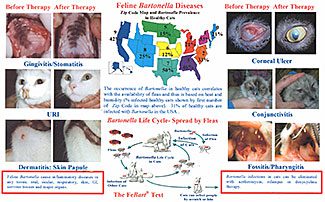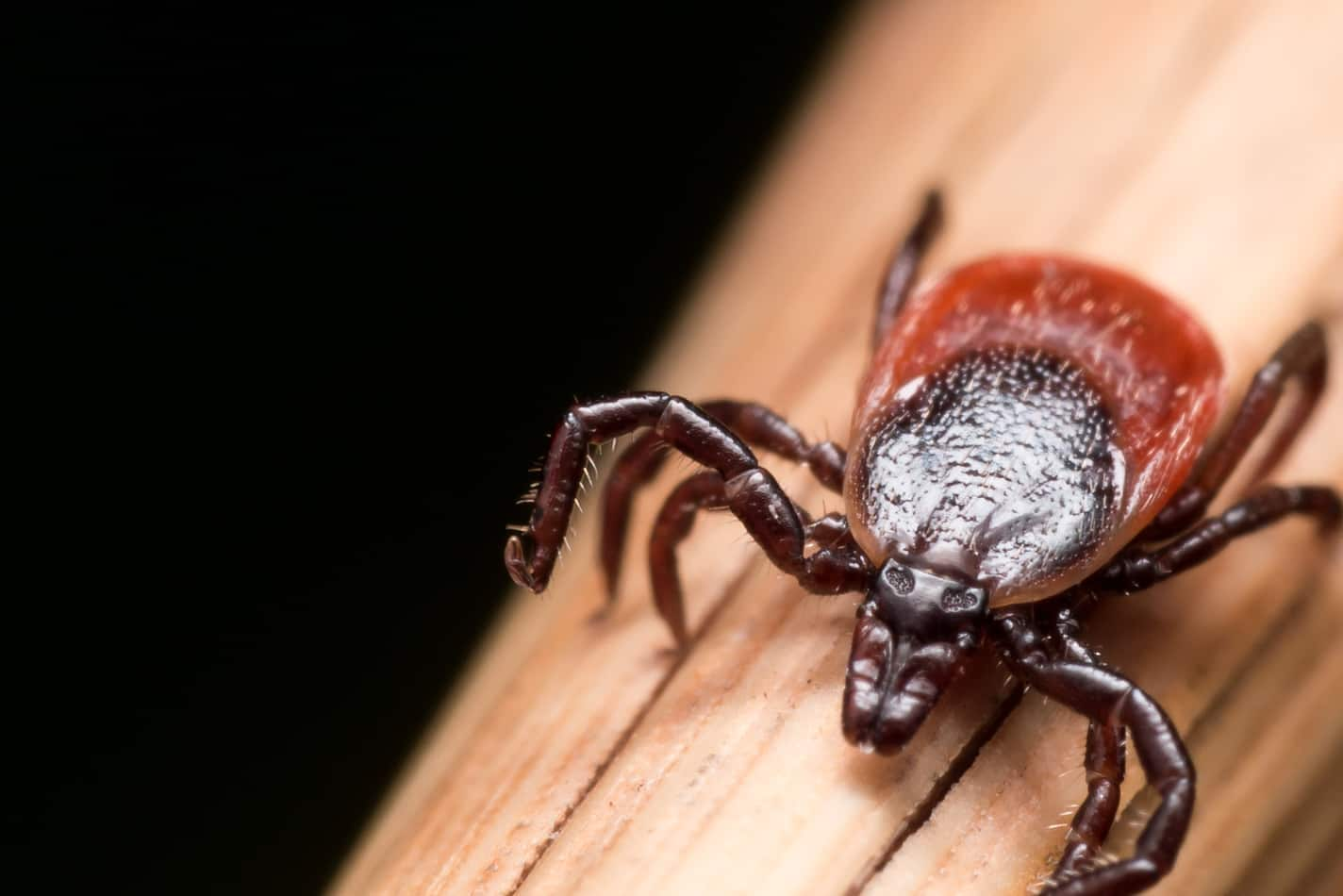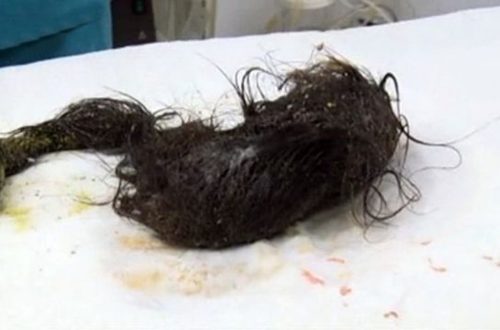
Бартонеллёз дар гурбаҳо: ташхис ва табобат
Cat bartonellosis is a disease carried by fleas and ticks. Cats can become infected while bathing or staying at an animal shelter or boarding house. In the early stages of the disease, cats often do not show any symptoms, so it is important to ask your veterinarian for tests. If a cat never leaves the house, their chances of contracting bartonellosis, often referred to as “cat-scratch fever,” are low. But this risk should always be remembered.
Мундариҷа
How is bartonellosis transmitted?
Fever can occur from cat scratches, but this is just the common name for one of the varieties of bartonellosis, which is caused by bacteria found in the feces of fleas and ticks. According to the National Veterinary Laboratory, up to 20% of cats with no risk factors can contract the disease. If a cat lives in a hot, humid climate, it is at greater risk. Cats usually become infected with bartonellosis through contact with infected feces that fleas leave on their skin and coat. Pets lick them off while washing.
Bacteria are also transmitted through ticks. These tiny bloodsuckers can easily enter the house if it is near the forest, or if the cat lives next door to a dog that loves to run in the bushes and tall grass. If people or other animals accidentally bring ticks into the house, even a cat that never goes outside can become infected with bartonellosis.
Pet owners should regularly check their pets for signs of ticks, fleas and their bites. But even with regular inspections of this kind, tiny fleas may not be found. It is necessary to observe whether the cat itches more than usual and whether red spots appear on its skin. Many animals infected with bartonellosis do not show symptoms for weeks or even months. But if fleas or ticks are found in the house, it is important to ask the veterinarian to take a blood test to see if the pet needs treatment.
The same should be done if the cat has recently visited a pet hostel or walked outside. Many veterinarians recommend taking a blood test for bartonellosis for those who decide to adopt a homeless kitten or cat from a shelter.

Bartonellosis in cats: symptoms
Cats can carry the bacteria in their bodies for several months without any symptoms. But if your pet has enlarged glands, lethargy or muscle pain appears, you should take him to the veterinarian. Most cats are given a course of antibiotics with a follow-up test after a few months, after which the problem disappears completely. Fortunately, bartonellosis is not a fatal disease, but nevertheless, pet owners should know how to prevent it.
Bartonellosis in cats: how is it transmitted to humans
Bartonellosis is a zoonotic disease, which means that it can be passed from cat to person through scratches, bites or strokes. The Centers for Disease Control recommends that people with weakened immune systems, such as young children or the elderly, avoid playing with young cats because they are at higher risk of contracting bartonellosis.
Any cat can carry this disease, so if anyone in the family has a sensitive immune system, they should be careful when coming into contact with cats that may be infected. Because dogs do not groom themselves the way cats do, they are less at risk, but can still contract bartonellosis from their furry neighbors.
If someone in the house is scratched or bitten by a cat, it is necessary to clean the wound immediately and keep the area clean. The name “cat-scratch fever” or “cat-scratch disease” is a reminder that bartonellosis can be transmitted through any break in the skin. If the scratch is reddened and swollen, seek medical attention.
The disease can be transmitted without bites or scratches. If the owner or a family member exhibits any of the following symptoms, a doctor should be consulted and consideration should be given to testing for feline bartonellosis or any other variety.
Аломатҳои асосии беморӣ:
- ҳарорати баланд;
- хастагӣ;
- саратон;
- иштиҳои бад;
- ларзиш;
- swollen glands or stretch marks on the skin.
It is not necessary to wait for all of these symptoms to be tested for a tick-borne disease. If the result is positive, don’t worry – it’s usually not dangerous to humans, but it may require antibiotic treatment.
It should be remembered that if the cat tests positive for bartonellosis and does not bite or scratch anyone, it is important to wash hands frequently and stroke the pet with care until she fully recovers.
Bartonellosis in cats: treatment
If antibiotics are prescribed by a veterinarian, taking medication and caring for a naughty cat can be quite tiring. Here are a few tips to make the healing process as easy as possible:
- Give your cat a treat after each tablet. If the veterinarian allows, you can even crush the tablet and mix it with a spoonful of wet food to make a delicious meatball.
- The medicine is best given at a time of day when the cat is usually calm and relaxed.
- A sick pet should be arranged in a separate room away from children and other pets, where she can stay until she feels better.
- You need to set aside extra time to be with your cat. If she wants to be caressed, you can stroke her, but after that, be sure to wash your hands.
- Be patient and remember that the bad mood of the animal is temporary.
Once your cat has finished taking the medication and regained some strength, you should reward him with extra play and attention that will further strengthen the bond with the owner.
Feline bartonellosis can create some family and pet problems, but the condition can be quickly diagnosed with a blood test and most treatments only take about two to three weeks.






